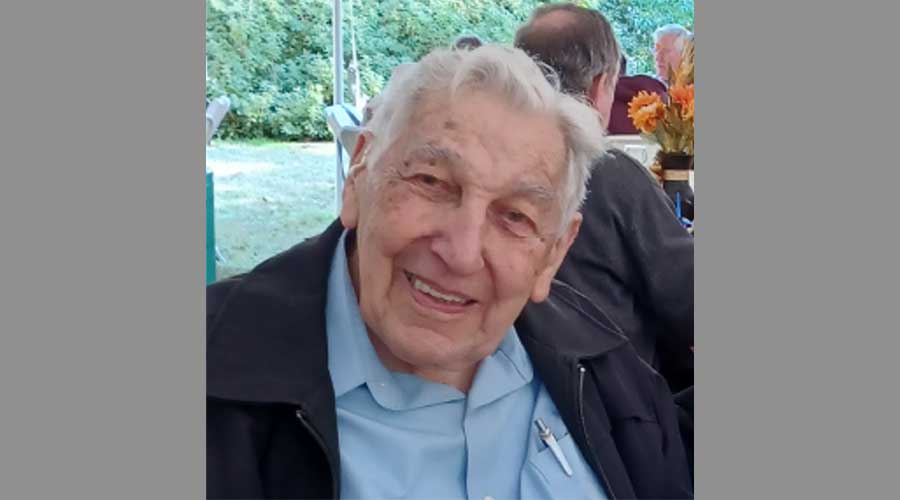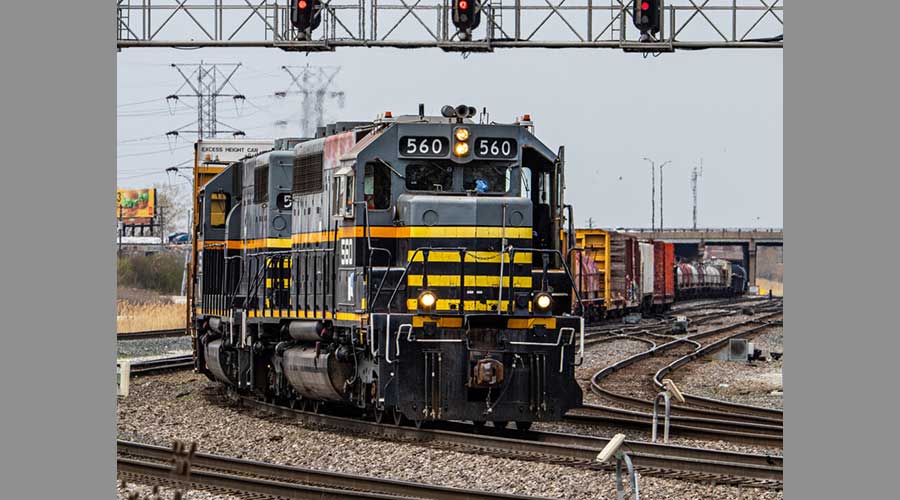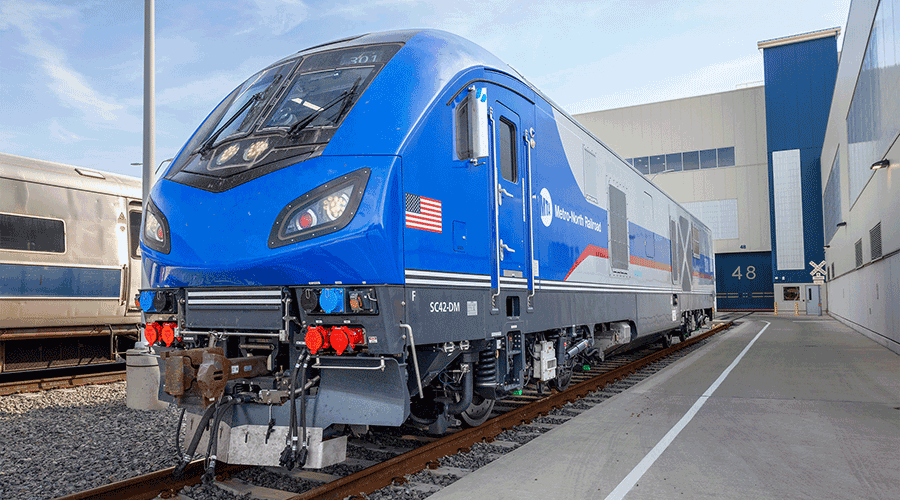Newsletter Sign Up
Stay updated on news, articles and information for the rail industry
Stay updated on news, articles and information for the rail industry
RAIL EMPLOYMENT & NOTICES
Rail News Home
Rail Industry Trends
Rail News: Rail Industry Trends
The Federal Railroad Administration should require railroads to base crew scheduling on scientific measures designed to reduce fatigue. That’s what the National Transportation Safety Board (NTSB) recommended last week after determining a June 2004 Union Pacific Railroad/BNSF Railway Co. train accident that occurred near Macdona, Texas, was caused by the UP engineer and conductor who failed to appropriately respond to wayside signals because they were fatigued.
A westbound UP train collided with as an eastbound BNSF train on the same mainline, derailing a total of 36 freight cars, including a tank car carrying liquefied chlorine. Chlorine gas released from the punctured car killed the UP conductor and two local residents.
The NTSB determined that limited sleep and long duty tours reduced the UP engineer’s and conductor’s capacity to remain alert the night of the accident. In addition, the workers didn’t “make effective use” of time available to obtain adequate rest, the board found.
The NTSB also recommended that UP, the Brotherhood of Locomotive Engineers and Trainmen and United Transportation Union use the accident as a fatigue awareness training case study to illustrate the shared responsibility of railroads to provide workers the opportunity for adequate rest and employees to understand the importance of obtaining sufficient sleep to remain alert on the job.
7/10/2006
Rail News: Rail Industry Trends
Fatigue probable cause of 2004 train accident, NTSB finds
advertisement
The Federal Railroad Administration should require railroads to base crew scheduling on scientific measures designed to reduce fatigue. That’s what the National Transportation Safety Board (NTSB) recommended last week after determining a June 2004 Union Pacific Railroad/BNSF Railway Co. train accident that occurred near Macdona, Texas, was caused by the UP engineer and conductor who failed to appropriately respond to wayside signals because they were fatigued.
A westbound UP train collided with as an eastbound BNSF train on the same mainline, derailing a total of 36 freight cars, including a tank car carrying liquefied chlorine. Chlorine gas released from the punctured car killed the UP conductor and two local residents.
The NTSB determined that limited sleep and long duty tours reduced the UP engineer’s and conductor’s capacity to remain alert the night of the accident. In addition, the workers didn’t “make effective use” of time available to obtain adequate rest, the board found.
The NTSB also recommended that UP, the Brotherhood of Locomotive Engineers and Trainmen and United Transportation Union use the accident as a fatigue awareness training case study to illustrate the shared responsibility of railroads to provide workers the opportunity for adequate rest and employees to understand the importance of obtaining sufficient sleep to remain alert on the job.


 2025 MOW Spending Report: Passenger-rail programs
2025 MOW Spending Report: Passenger-rail programs
 Gardner steps down as Amtrak CEO
Gardner steps down as Amtrak CEO
 Guest comment: Oliver Wyman’s David Hunt
Guest comment: Oliver Wyman’s David Hunt
 Women of Influence in Rail eBook
Women of Influence in Rail eBook
 railPrime
railPrime







